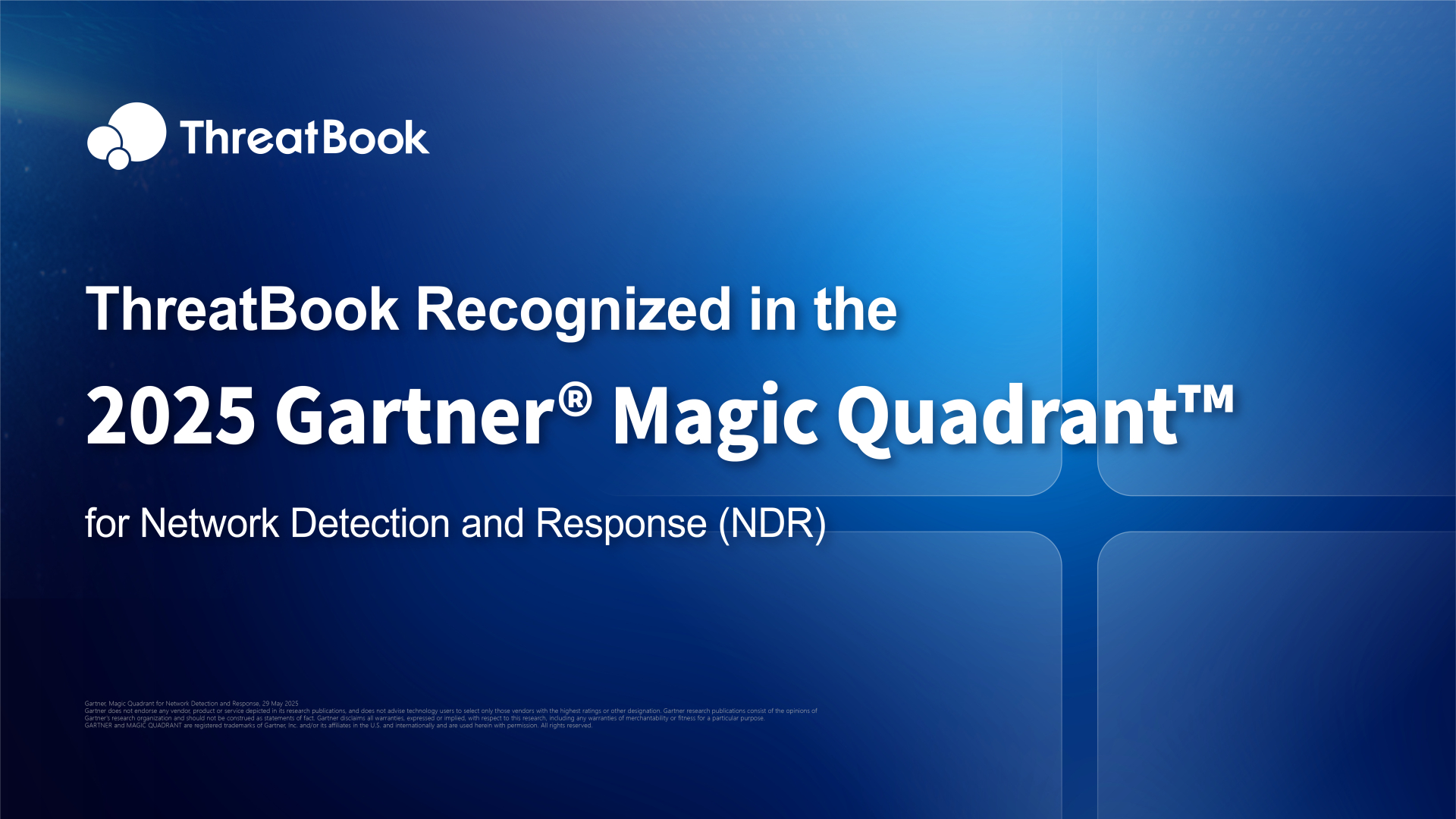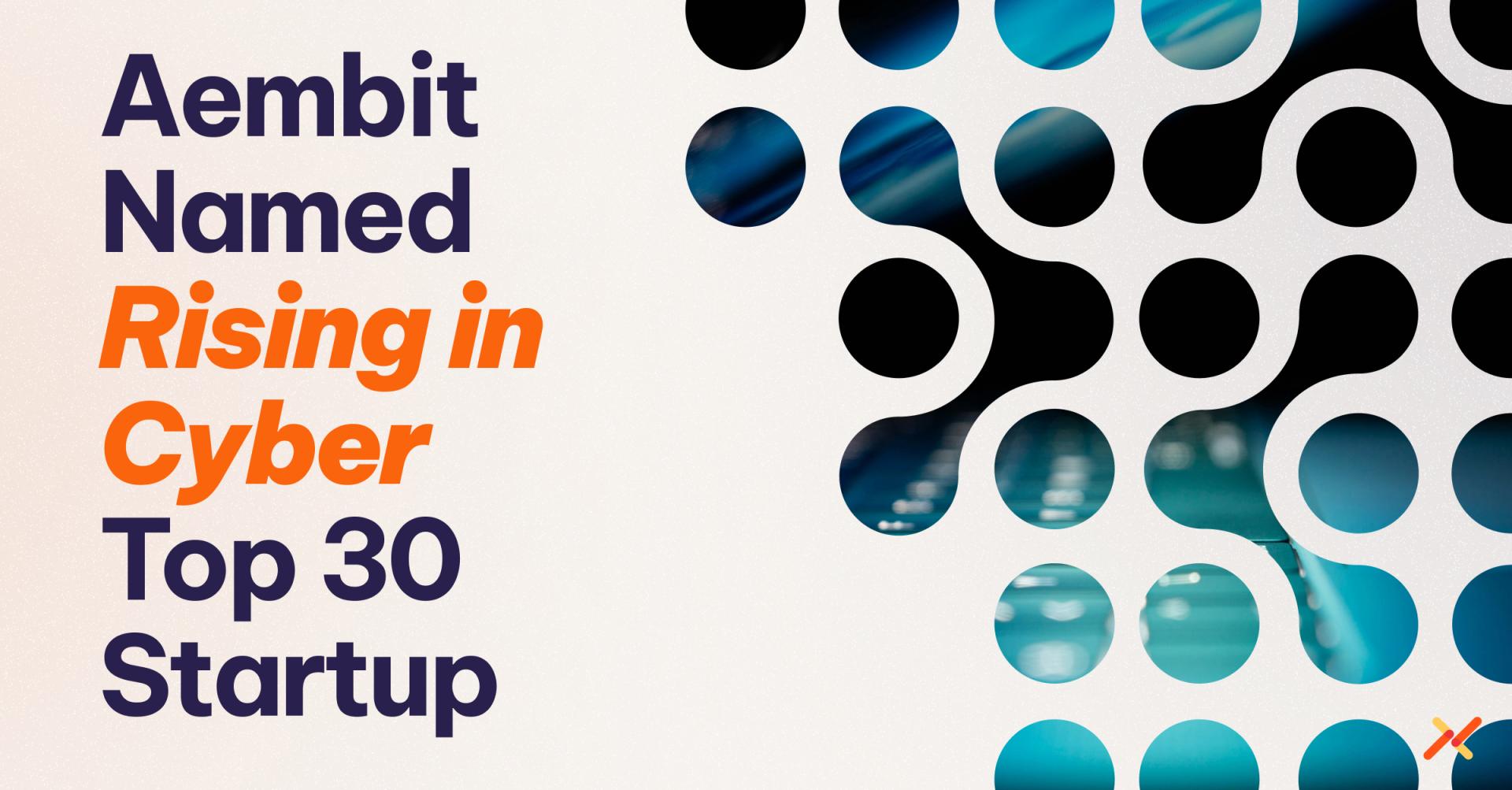Now Reading: ThreatBook Earns Spot in Gartner’s Inaugural Magic Quadrant for Network Detection and Response
-
01
ThreatBook Earns Spot in Gartner’s Inaugural Magic Quadrant for Network Detection and Response
ThreatBook Earns Spot in Gartner’s Inaugural Magic Quadrant for Network Detection and Response

Quick Summary:
- Event: Gartner released its first “Magic Quadrant for Network Detection and Response (NDR)” on May 29, 2025.
- Importance: ThreatBook is the only Chinese company selected in the study, showcasing its technological depth and market performance.
- Capabilities:
– Accurate detection of threats with a false alert rate of just 0.003% and an attack detection rate of up to 81%.- Efficient threat response via encrypted dialog recognition (99%) and two-way blocking rates at process level (99%).
– Cloud-native design supports platforms like alibaba Cloud, AWS, Azure-reducing costs while addressing risks such as credential leakage.
- Solutions Offered:
– Full-network advanced threat protection against real attacks.
– Centralized management for organizations with multiple branches.
– Asset risk monitoring to identify exposure-prone APIs or network vulnerabilities.
- ThreatBook maintains high renewal rates across industries like finance, energy, manufacturing, internet sectors due to its precision-based services.
Indian Opinion Analysis:
ThreatBook’s inclusion in Gartner’s Magic Quadrant strengthens the global cybersecurity landscape by exemplifying technological innovations from emerging markets. This growth is especially noteworthy as it marks China’s increasing influence in the field of cybersecurity-a domain traditionally dominated by companies from Western nations.
For India specifically, the growth of NDR technology serves as an important signal for domestic companies operating in complex multi-cloud environments that require cutting-edge security measures against sophisticated cyberthreats. The emphasis on “active operation” vs “passive defense” aligns with India’s ongoing push towards modernizing security practices across critical sectors like finance and IT.
Indian firms may find cooperative opportunities with solutions providers globally-including players like ThreatBook-to advance their SOC capabilities amid rising geopolitical tensions around data breaches originating from state actors. Building competitive cybersecurity frameworks will be crucial if India seeks to remain resilient within expanding frameworks associated with cloud deployments at scale.




























